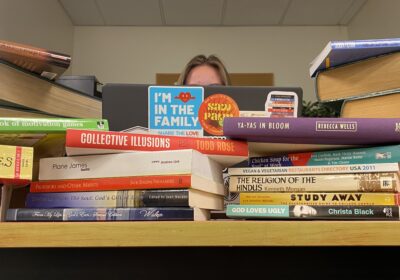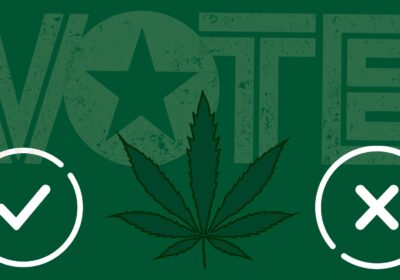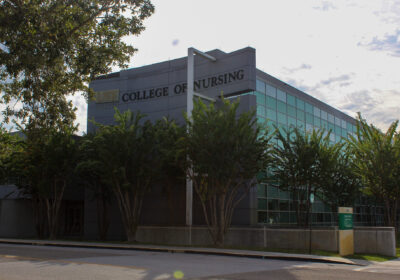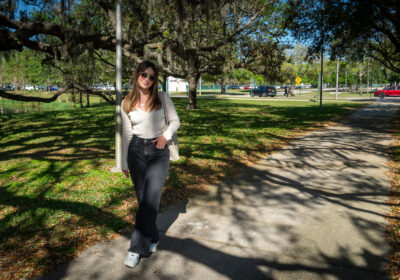Racial injustice requires immediate, direct change to the law enforcement system
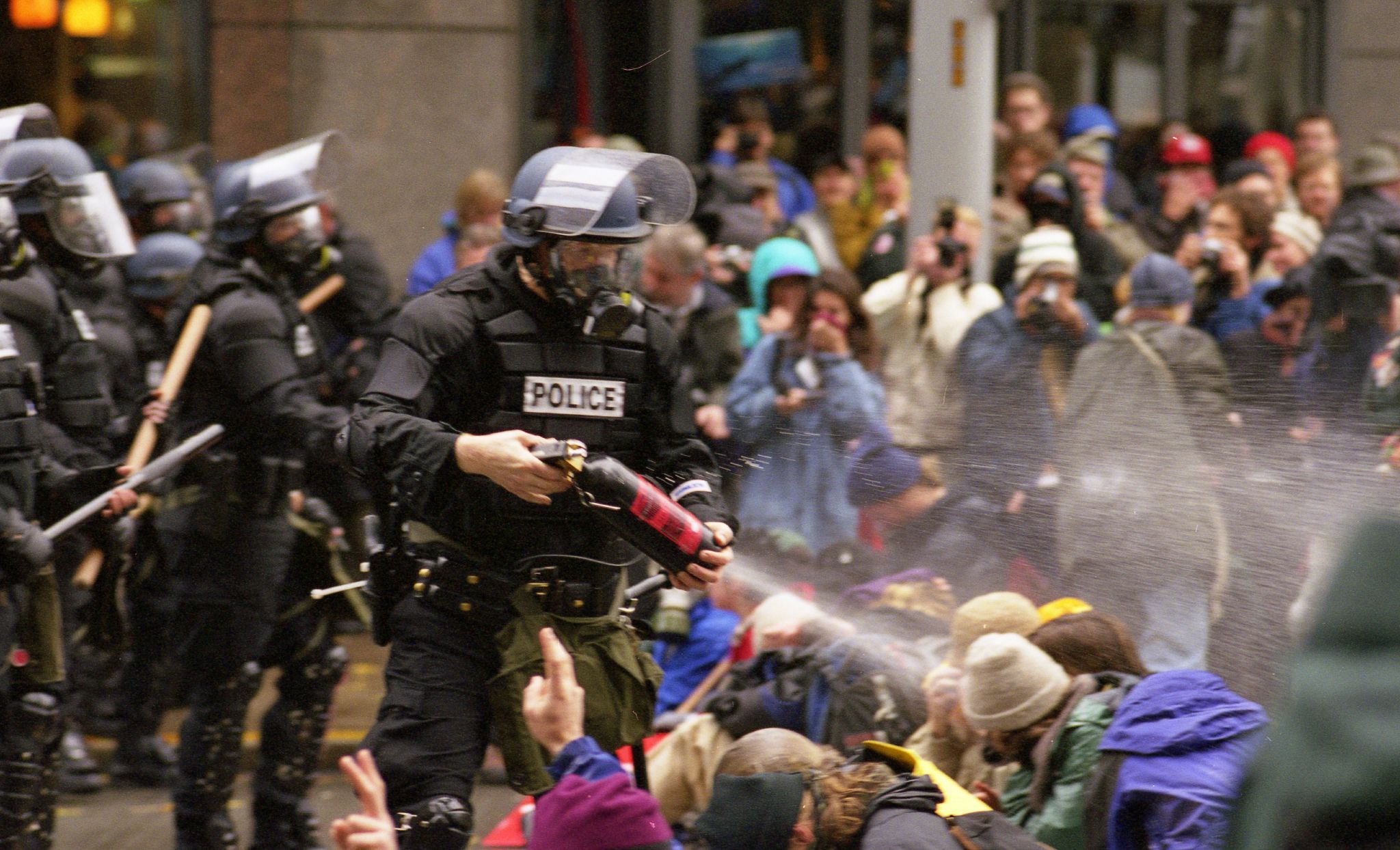
On May 25, George Floyd, a black man, was murdered on the side of a street in Minneapolis after being detained by police for purchasing items with a counterfeit $20 bill.
Derek Chauvin, a white police officer, kept his knee on Floyd’s neck for almost nine minutes while Floyd was handcuffed and lying face down, according to a video from 17-year-old witness Darnella Frazier, who filmed nearly the entirety of the arrest and Floyd’s death.
The police officers responsible for killing him did not wait for the law to take its course, but sentenced Floyd to death right then and there, an all-too-common sight in present-day America.
Police brutality against black Americans is a serious issue the U.S. is still struggling to reform. For it to stop, we need to demand serious changes within the law enforcement system, like higher standards of education, on-the-job training and accountability.
Many African Americans have had to endure police brutality for years in the U.S. According to research and advocacy group Mapping Police Violence, from 2013-2019, black Americans were three times more likely to be killed by police than white Americans, while being 1.3 times more likely to be unarmed compared to white Americans.
In 2015 alone, U.S. police killed at least 104 unarmed black people, according to Mapping Police Violence.
Such a problem stems from a defective education process, low admission standards and lack of correct training.
To apply to become a police officer in Minneapolis, a person is required to have at least an associate degree, 16 weeks of training at the Minneapolis Police Academy and the Peace Officer Standards and Training License, according to the Minneapolis Police Department website.
What’s frightening is that, compared to other states across the nation, Minneapolis police officers are some of the most educated. Yet, four police officers killed an unarmed black man in broad daylight. Not only that, but according to the city’s official reports, Minneapolis police are seven times more likely to use force against black people than white people.
Some jobs can’t have “bad apples” and being a police officer is one of those jobs.
Just like a doctor spends an average of 10 years becoming certified in aiding the lives of people, a police officer, who has the power to take or spare life, should go through a rigorous process that filters out the bad apples before they even reach the workforce.
But the problems don’t stop at education. They continue with the actual work environment and guidance police officers receive from their supervisors.
Mohamed Noor, a former Minneapolis police officer on trial for the fatal July 2017 shooting of an Australian life coach, said he had learned that reacting too late “means … you die,” in a statement to the court about his ambush training.
“Action is better than reaction,” Noor said.
A police officer’s job is to establish order and protect the well-being of people in their communities, but they are taught to attack first if they sense any danger. Unfortunately, many officers continue to believe this is the correct reaction to tense situations because hardly any officers see charges brought against them. About 99 percent of killings by police from 2013-2019 did not result in officers being charged with a crime, according to Mapping Police Violence.
Becoming a police officer is a great risk, but it’s also a huge responsibility. Just like they are trained to endure tough situations, and are taught how to make arrests and deal with gangs, police officers should be taught other alternatives where shooting their guns isn’t the only option.
According to SWAT officer and writer Eric Sof at Special Ops Magazine, the GSG 9 of Germany undergo rigorous medical and psychological training before taking part in a 16-week basic training and a further nine weeks of different specialized lessons. Only one in five applicants make it through training sessions.
What’s shocking is that they’ve used their guns only five times since their formation in 1973. The GSG 9 shows that more training and efficient education can significantly reduce police brutality.
The logical solution for police brutality in the U.S. is a direct change to the law enforcement system as a whole. If police officers are forced to enroll into bachelor’s and associate degrees that involve criminology, psychology and sociology, it could decrease the chances of them being uneducated regarding racial injustice.
Training in the U.S. shouldn’t be limited to endurance tests, but should test the emotional and mental health of trainees. It should also test their ethics, morals and values. Mentors should be able to make tough decisions if they see a trainee not fit to be on the street.
Finally, more accountability has to be present. Rather than enabling police officers to obtain qualified immunity, which would allow them entirely limitless protection against federal lawsuits, we should be working to make all their actions available to the public eye.
There should be strict rules regarding body cameras that promote community and legal oversight, and stringent investigations and prosecutions regarding acts of violence toward civilians.
Only through gradual reconstruction of the system will police brutality against black Americans and all civilians begin to decline, and we can begin to work toward true racial equality in this country.
Mohamed Abdelmagaid is a junior studying political science and integrated public relations and advertising.

